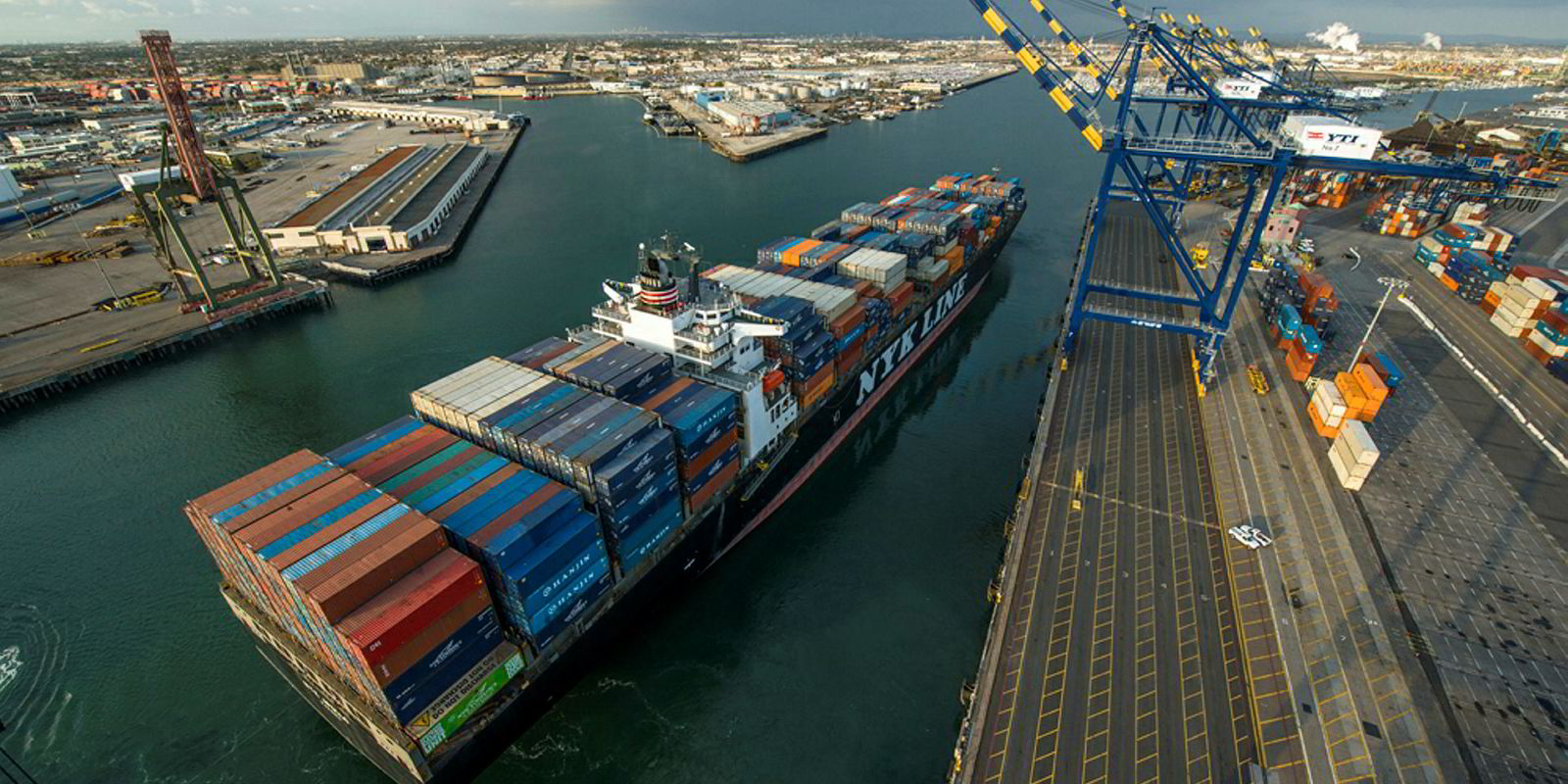NYK has unveiled new technology that it hopes will make vessel berthing casualties a thing of the past.
The Japanese liner giant has developed the system in collaboration with group company MTI Co and Japan Marine Science (JMS).
The system assesses a vessel’s controllability and visualizes the risk in the berthing operation to reduce the burden on the operator and eliminate accidents.
“When a ship is berthing, a guideline indicates the exact reduction in ship speed as the distance to the wharf nears,” says NYK.
“Following this guideline, the ship takes wind and tidal information into consideration while the operator provides instructions to tugs and efforts are made to control the rudder and engine.
“The operator must gain a complete understanding of the situation from a multitude of information around the vessel and give instructions to a number of related people.”
NYK says such a heavy workload can place a heavy burden on the operator, which can lead to accidents due to human factors.
These typically include near misses, overruns and abnormally close approaches to serious accidents such as damage to the vessel hull, mooring and cargo handling facilities and the pier.
NYK’s new technology uses software to evaluate a ship’s controllability and visualizes accident risks in real time by analyzing information such as distance to the wharf, ship speed, ship-performance parameters, tugboat arrangement, and weather data.
“The ship operator can use a tablet to confirm the relative position and approach speed of the vessel, and assess accident risk,” NYK said.
“This can reduce stress place on the ship operator and prevent berthing accidents by alerting of risks to prevent accidents caused by misjudgment.”




